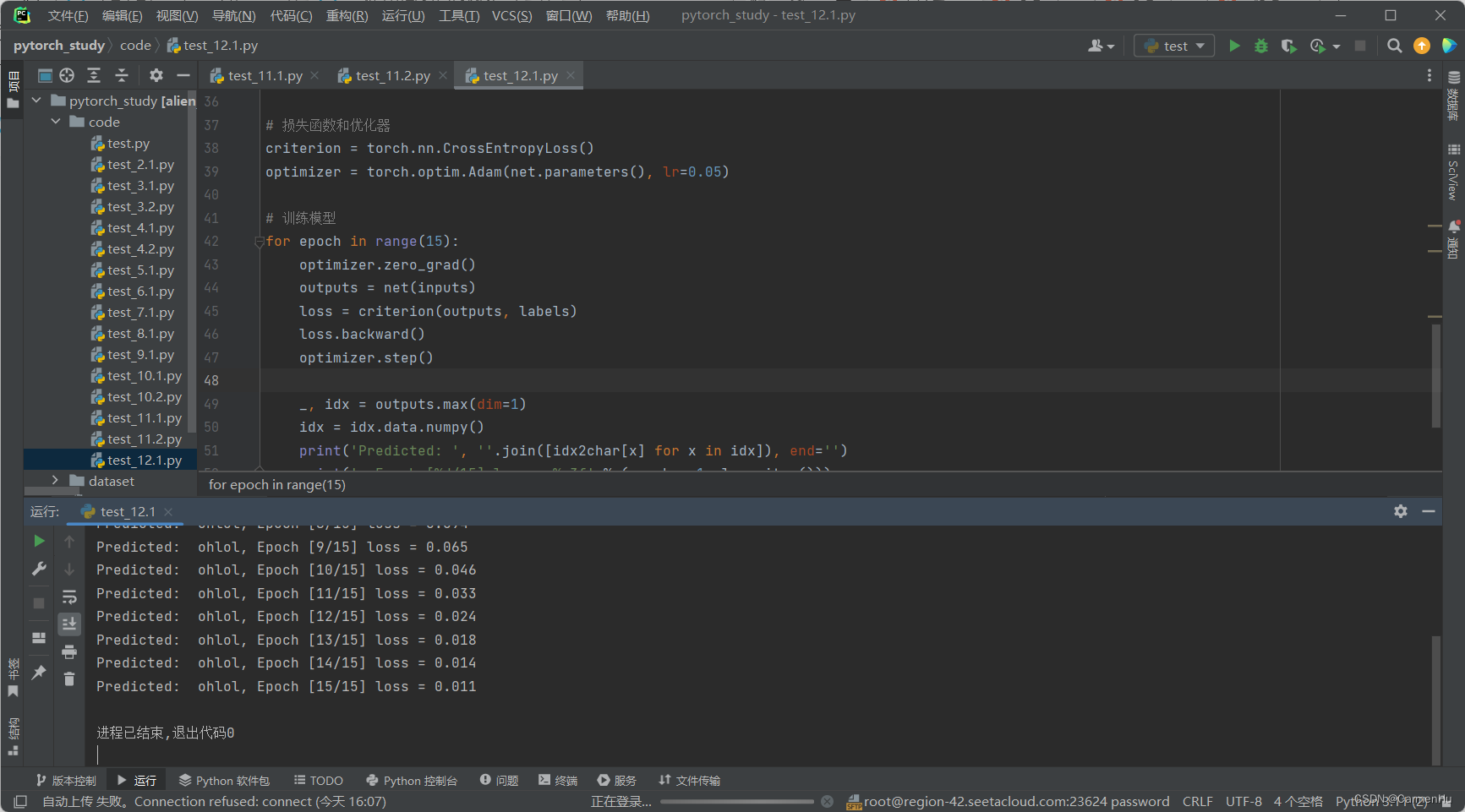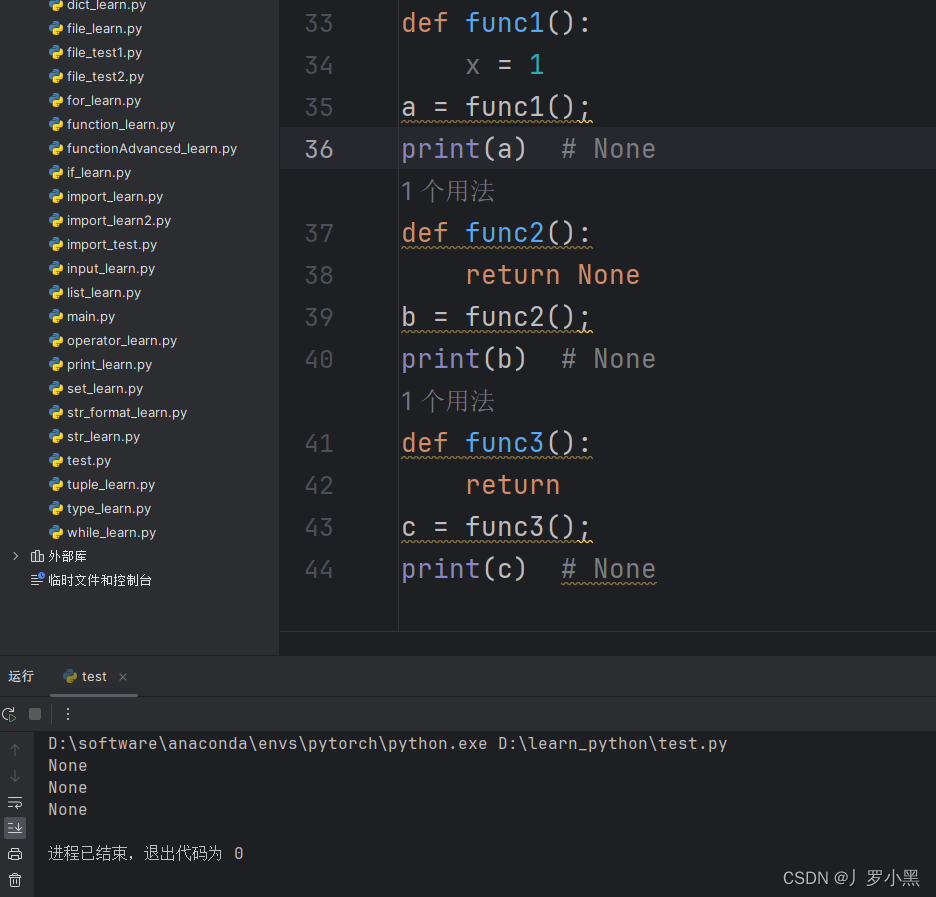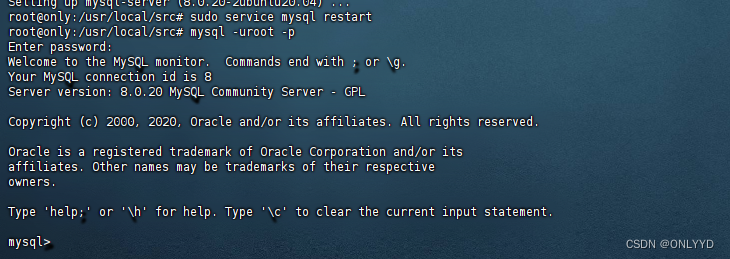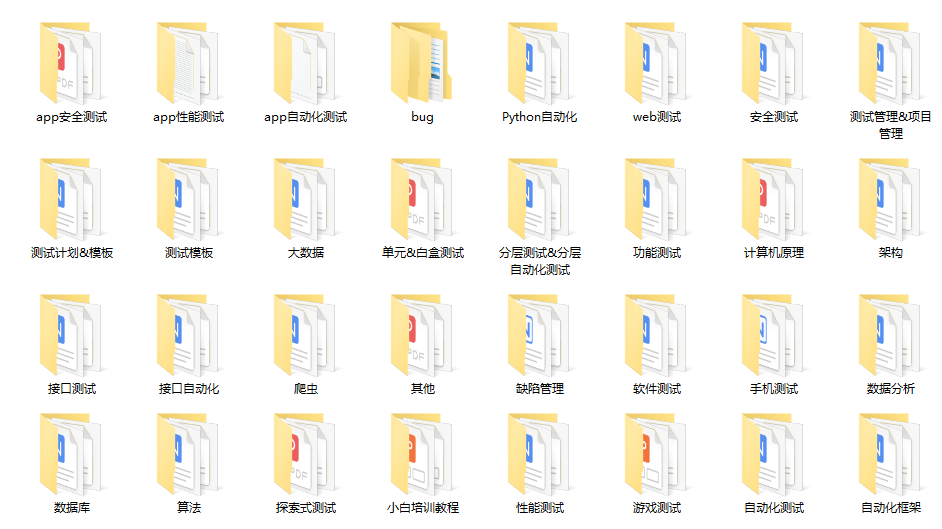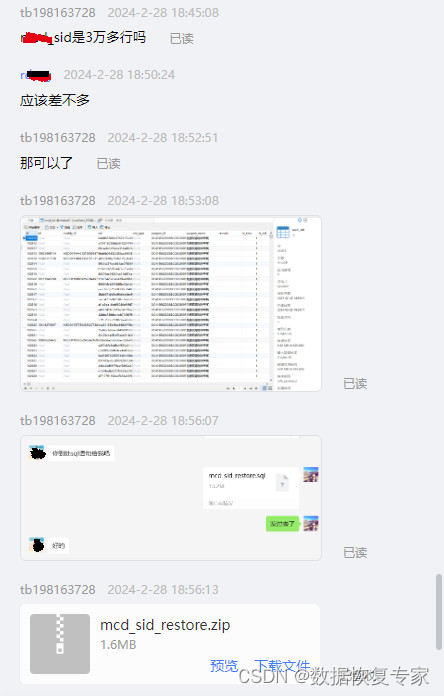一、RNN简介
1、RNN网络最大的特点就是可以处理序列特征,就是我们的一组动态特征。比如,我们可以通过将前三天每天的特征(是否下雨,是否有太阳等)输入到网络,从而来预测第四天的天气。
我们可以看RNN的网络结构如下:
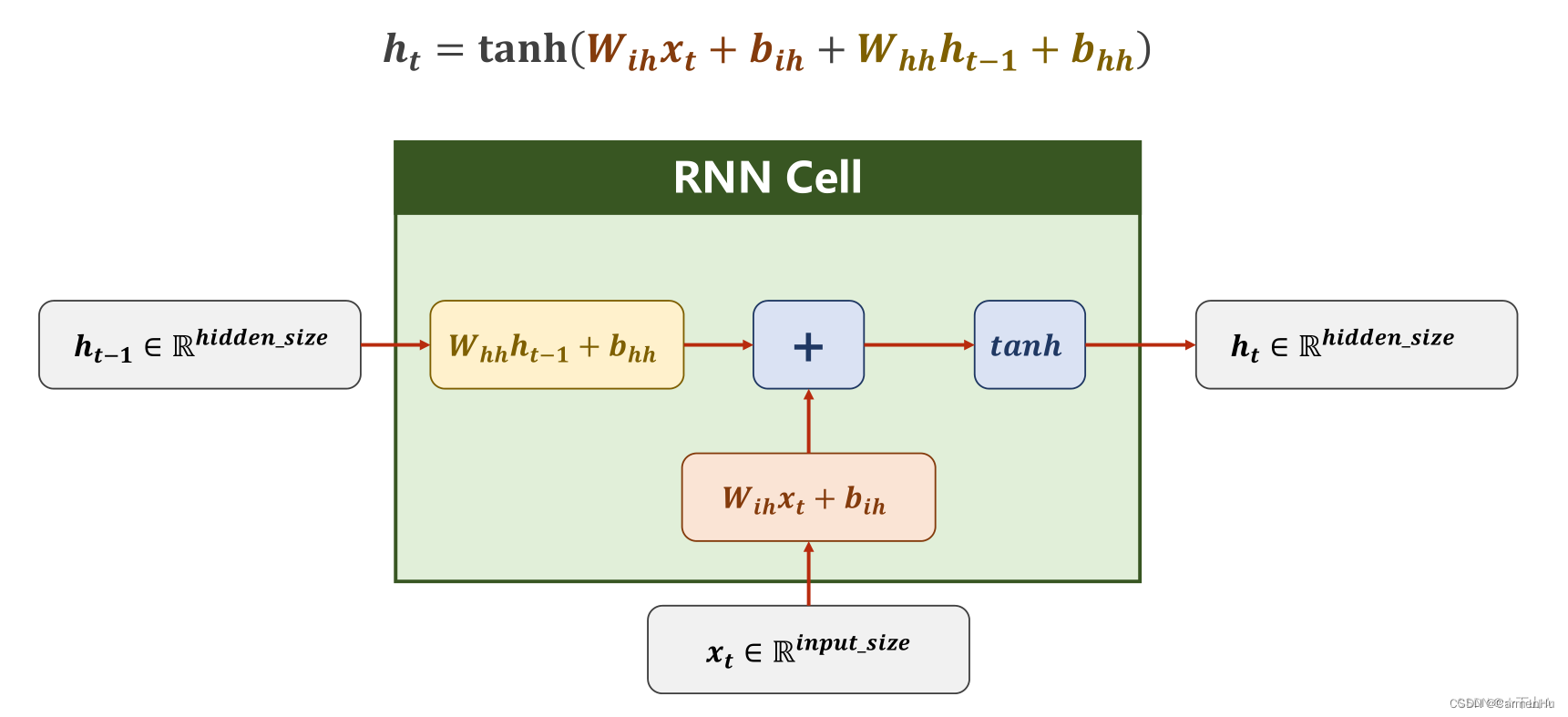
二、RNN cell用法

import torchbatch_size = 1 # 批处理大小
seq_len = 3 # 序列长度
input_size = 4 # 输入维度
hidden_size = 2 # 隐藏层维度cell = torch.nn.RNNCell(input_size=input_size, hidden_size=hidden_size)# (seq, batch, features)
dataset = torch.randn(seq_len, batch_size, input_size)
print(dataset)
hidden = torch.zeros(batch_size, hidden_size)
print(hidden)for idx, input in enumerate(dataset):print( '=' * 20, idx, '=' * 20)print( 'Input size: ', input.shape)hidden = cell(input, hidden)print( 'outputs size: ', hidden.shape)print(hidden)
三、RNN用法

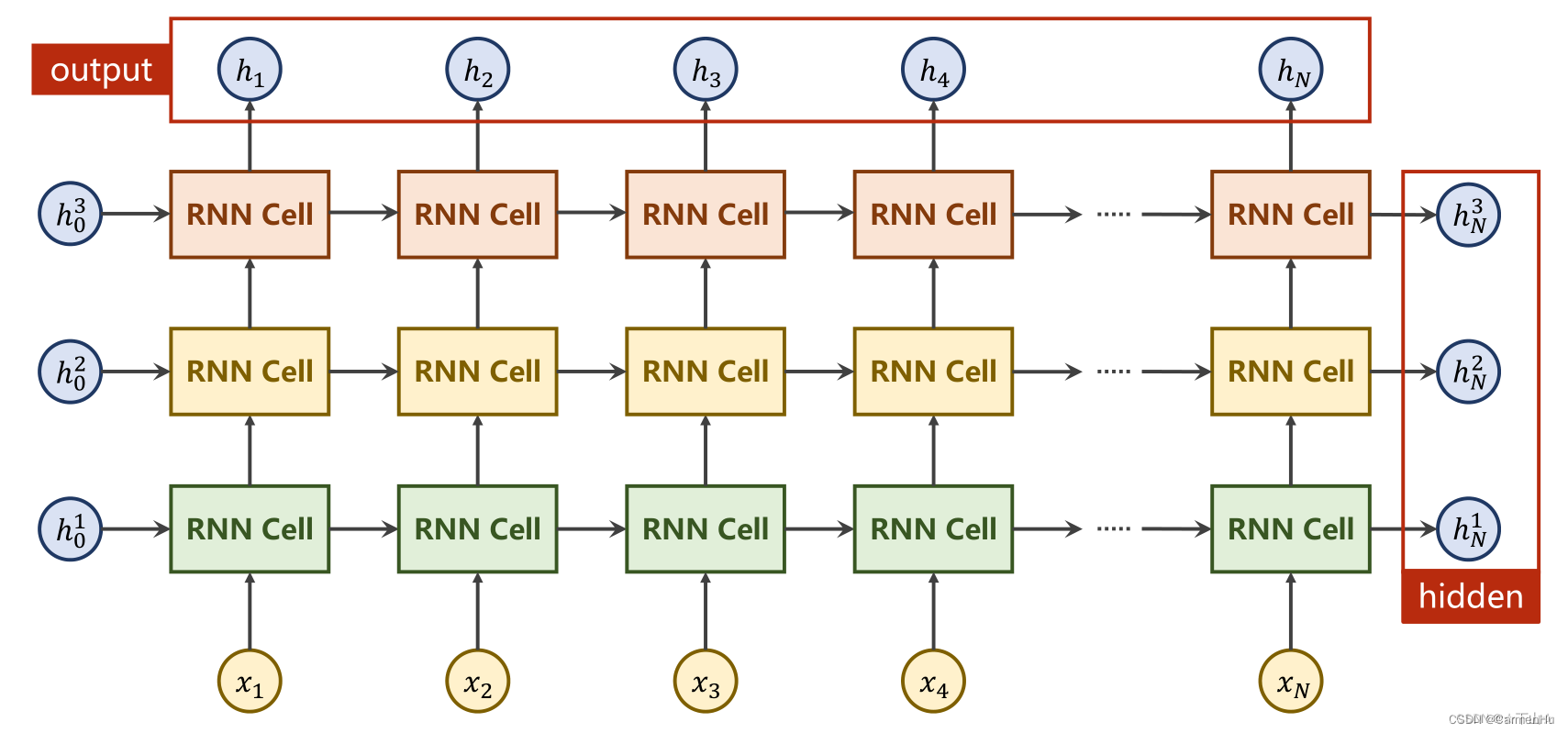
import torchbatch_size = 1 # 批处理大小
seq_len = 3 # 序列长度
input_size = 4 # 输入维度
hidden_size = 2 # 隐藏层维度
num_layers = 4 # 隐藏层数量cell = torch.nn.RNN(input_size=input_size, hidden_size=hidden_size, num_layers=num_layers)# (seqLen, batchSize, inputSize)
inputs = torch.randn(seq_len, batch_size, input_size)
hidden = torch.zeros(num_layers, batch_size, hidden_size)
out, hidden = cell(inputs, hidden)print( 'Output size:', out.shape)
print( 'Output:', out)
print( 'Hidden size: ', hidden.shape)
print( 'Hidden: ', hidden)
四、Embedding
把input变为稠密的数据

代码:
import torch# parameters
num_class = 4
input_size = 4
hidden_size = 8
embedding_size = 10
num_layers = 2
batch_size = 1
seq_len = 5# 准备数据集
idx2char = ['e', 'h', 'l', 'o']
x_data = [[1, 0, 2, 2, 3]] # (batch, seq_len)
y_data = [3, 1, 2, 3, 2] # (batch * seq_len)inputs = torch.LongTensor(x_data) # Input should be LongTensor: (batchSize, seqLen)
labels = torch.LongTensor(y_data) # Target should be LongTensor: (batchSize * seqLen)# 构建模型
class Model(torch.nn.Module):def __init__(self):super(Model, self).__init__()self.emb = torch.nn.Embedding(input_size, embedding_size)self.rnn = torch.nn.RNN(input_size=embedding_size, hidden_size=hidden_size, num_layers=num_layers, batch_first=True)self.fc = torch.nn.Linear(hidden_size, num_class)def forward(self, x):hidden = torch.zeros(num_layers, x.size(0), hidden_size)x = self.emb(x) # (batch, seqLen, embeddingSize)x, _ = self.rnn(x, hidden) # 输出(𝒃𝒂𝒕𝒄𝒉𝑺𝒊𝒛𝒆, 𝒔𝒆𝒒𝑳𝒆𝒏, hidden_size)x = self.fc(x) # 输出(𝒃𝒂𝒕𝒄𝒉𝑺𝒊𝒛𝒆, 𝒔𝒆𝒒𝑳𝒆𝒏, 𝒏𝒖𝒎𝑪𝒍𝒂𝒔𝒔)return x.view(-1, num_class) # reshape to use Cross Entropy: (𝒃𝒂𝒕𝒄𝒉𝑺𝒊𝒛𝒆×𝒔𝒆𝒒𝑳𝒆𝒏, 𝒏𝒖𝒎𝑪𝒍𝒂𝒔𝒔)net = Model()# 损失函数和优化器
criterion = torch.nn.CrossEntropyLoss()
optimizer = torch.optim.Adam(net.parameters(), lr=0.05)# 训练模型
for epoch in range(15):optimizer.zero_grad()outputs = net(inputs)loss = criterion(outputs, labels)loss.backward()optimizer.step()_, idx = outputs.max(dim=1)idx = idx.data.numpy()print('Predicted: ', ''.join([idx2char[x] for x in idx]), end='')print(', Epoch [%d/15] loss = %.3f' % (epoch + 1, loss.item()))
运行结果:
